-
Multi-pass photography of miniature spaceships for Star Trek
Posted on February 18th, 2019 No commentsFor Star Trek, the original series, the model of the Enterprise was shot in one pass at live action speed over blue screen. Live filming and blue screen exposure requirements necessitated a more open f/stop so focus was shallow when close to small models.
The TOS Enterprise model was huge at about eleven feet long.

This larger model allowed better depth of focus as the live action camera was farther away. Because the camera was moved by hand and not repeatable, all the interior lighting, strobes, running lights, and engine effects were part of that one exposure of the model.
Some 20 years later on Star Trek: the Next Generation, technology had evolved so that the camera could be controlled by a computer. This technology, called ‘Motion Control,’ utilized a repeating motorized camera and models on precision tracks.
The moving camera rig was repeatable to 1/1000th of an inch over 35 feet or more. The repeatability allowed multiple matching passes to be photographed at different speeds and exposures providing much better lighting control and more realistic results. With Motion Control we were able to move the camera slowly so we could use deeper f /stops for greater depth of field on smaller models.
Our models were half or less the size of the original Enterprise ship; the Enterprise “D” was 4 feet and the Voyager was five feet long and the “mile wide” DS9 station was 6 feet across.
In this typical shot from Star Trek: Voyager, we began with a storyboard or design of the shot needed. To make the spaceship appear to move, the camera was programmed to move down the tracks and past or around the model.
The first filmed piece was what we call a “beauty lighting pass” that sets the lighting /mood for the final shot. It was discovered that the models look much better if they were backlit or sometimes side lit.
In contrast, the ST: Original Series ships were shot over blue screen in a single pass, so lighting was rather flat to minimize ‘blue spill’ and improve matte compositing.
Our interior light pass did not have to be nearly as bright as live action model photography as we could again slow the camera down to adjust the exposure instead of opening the lens aperture.
Some of the ships had running lights or strobe lights and so they were a separate pass …
…as was the red nacelle.
The blue engine lights were photographed with a fog filter for glow effect.
After all of the light passes were finished we would film a matte (silhouette) pass. No illumination was on the model which was shot over fluorescent orange screen lit with ultraviolet lights.
When the footage was transferred to digital D-1 medium, the orange pass would be interpreted as black and white as shown here. This silhouette was used to mask out or block the stars in the background.
In this particular scene the planet and the stars were computer generated in program called LightWave 3D. This software could use the computer generated data from the model photography and repeat the move and create stars and planets.
The transferred D1 digital separate passes were brought into an editing/compositing bay and assembled giving a resulting final composite. This shot was created for “The Caretaker” pilot episode of “Star Trek:Voyager.”
For a brief video explanation of motion control:
On-line source: https://www.youtube.com/watch?v=1mE6JHfKuc4
Photographs courtesy of Eric Alba, Bob Kohl, and Tom Barron, owner: Image G (Motion Control Systems)
Star Trek and all related elements ™, ® & © 2019 Paramount Pictures / CBS Studios Inc.
Photographs and media are used for educational purposes only.No copyright infringement is intended.
educational, Film & VFX history, Star Trek, Visual Effects Techniques, Voyager "Voyager", Motion Control, Star Trek5 responses to “Multi-pass photography of miniature spaceships for Star Trek”
-
Even though I am not a Star Trek fan, I found this post very interesting. I have always wanted to understand more about how you did your visual effects.
-
James Belohovek April 13th, 2019 at 07:58
Funny how this all has to be explained, I grew up and had to learn on my own how they diid multiple passes and pulled mattes off blue screen. On Dreamscape, we didn’t have a motion control system that could track and repeat. It was all done with motors, rails and Pete Kurans good eyes to line up the mattes.
-Jim
-
Tom Barron October 19th, 2019 at 19:25
David,
Great interview with the guys. When did you record it?
BTW I still have the star field at the shop.Cheers,
–TMB -
I recall Andy Probert being upset about the bussard collectors. I visited Mike Okuda and brought along our Electric Image gear with a version of the D that we had built digitally (this was before second season aired). We were on Macintosh computers and had a big SuperMac monitor with some digital renderings that had one with our crude D ship. We had color cycled the bussards, very roughly resembling the TOS bussard effect and Andy lept out of his chair to take a look, exclaiming, “that’s exactly what I wanted our guys to do!”
Of course, it was easier to do that type of thing digitally than on a practical model — being a former model maker myself, I understood this. We had hoped to convince production to go with our software for spaceships, but they wanted practical models — and stayed that way til the second or third season of Voyager.
-
Dan Curry April 4th, 2020 at 12:41
Excellent and clear explanations. Great work, David. It was a privilege to be a part of the team.
-


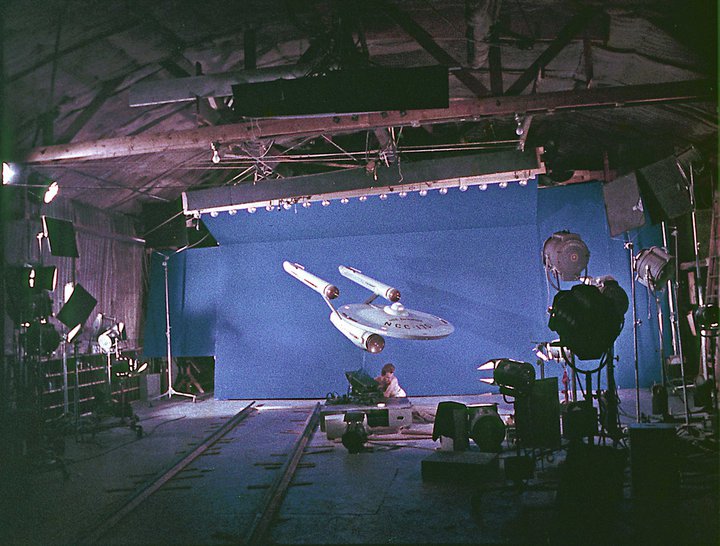
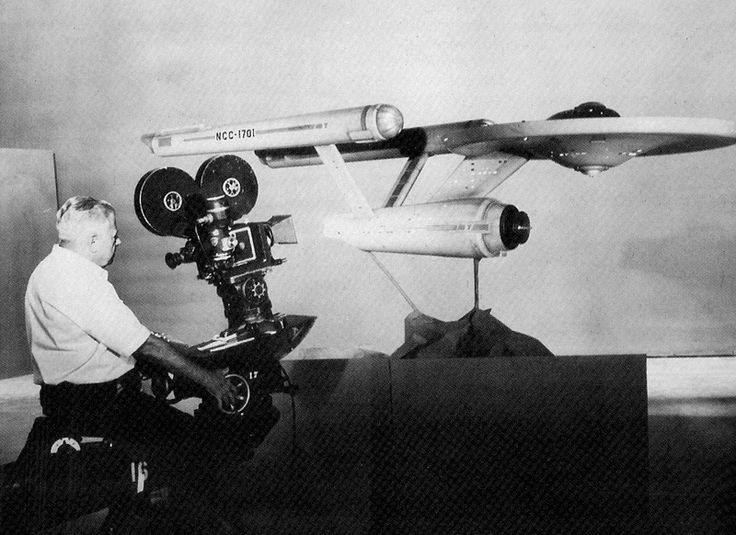

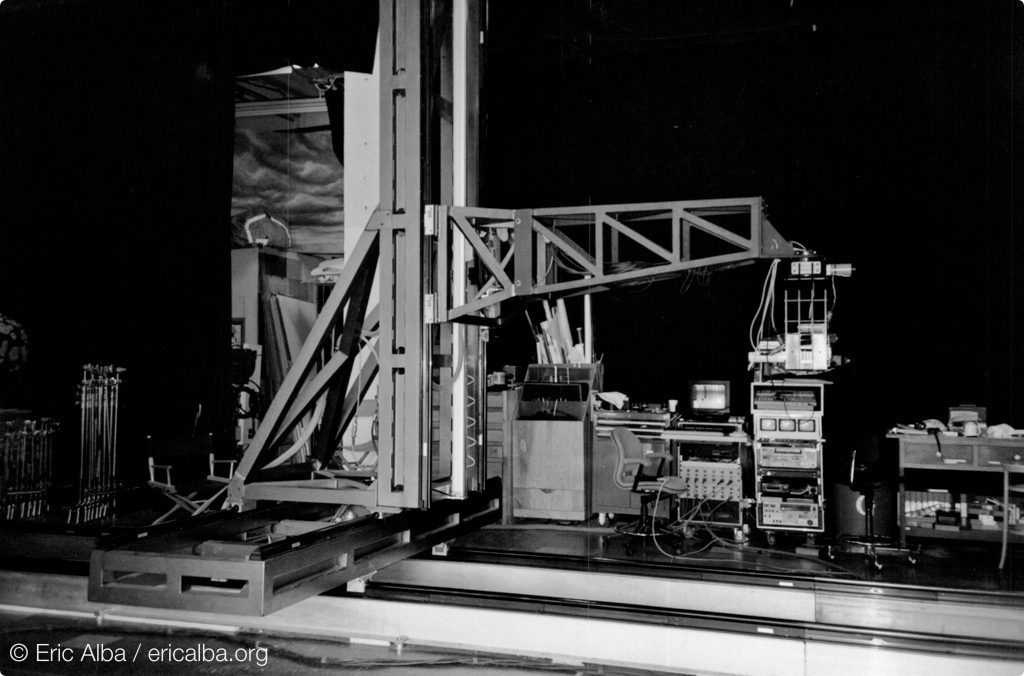


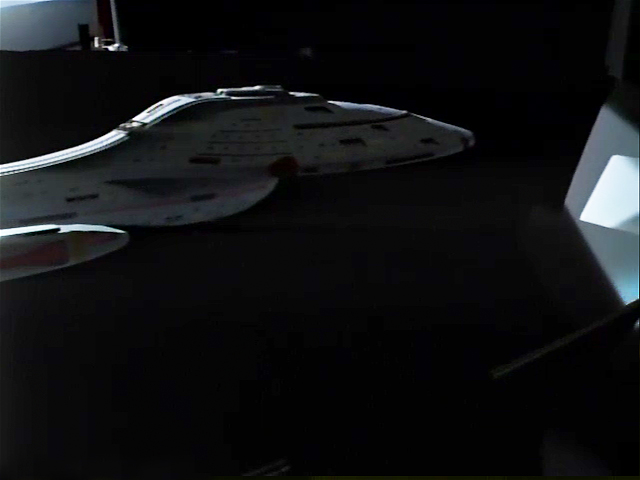
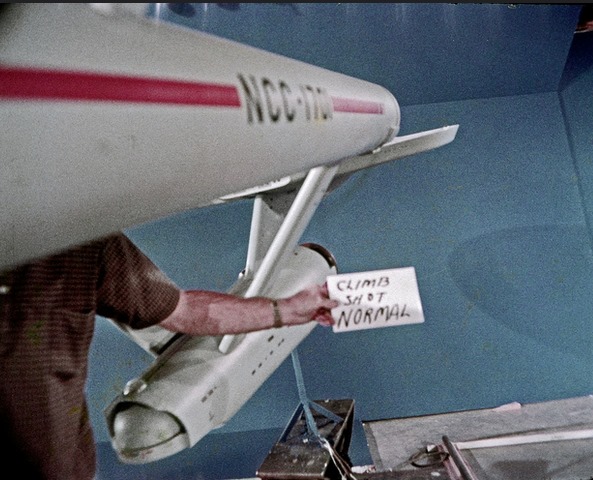
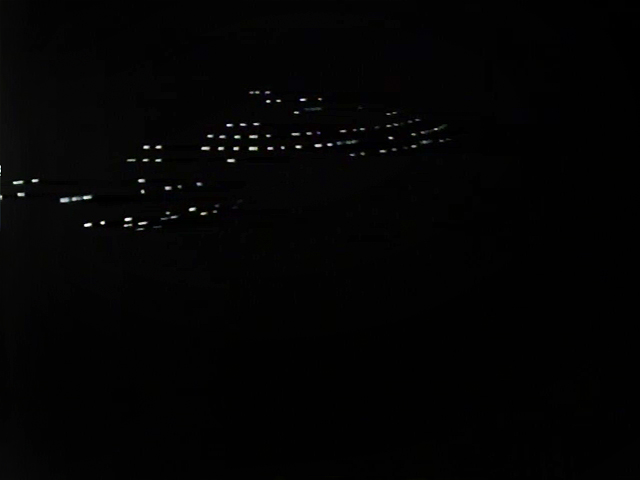

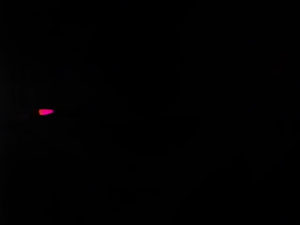

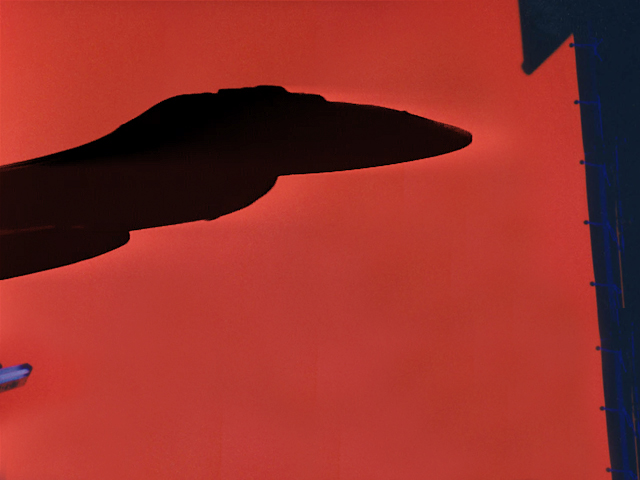

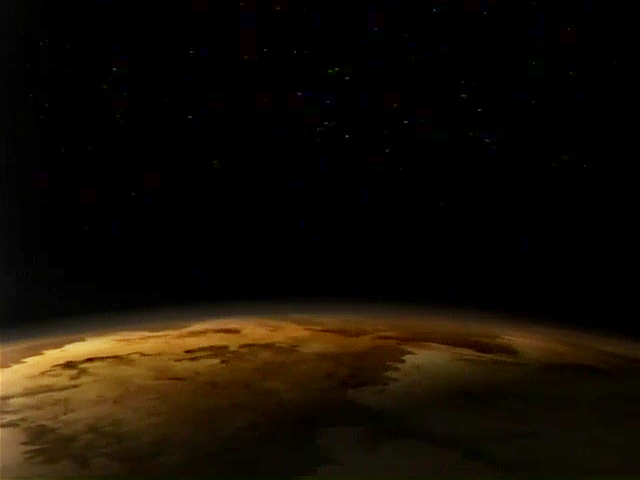
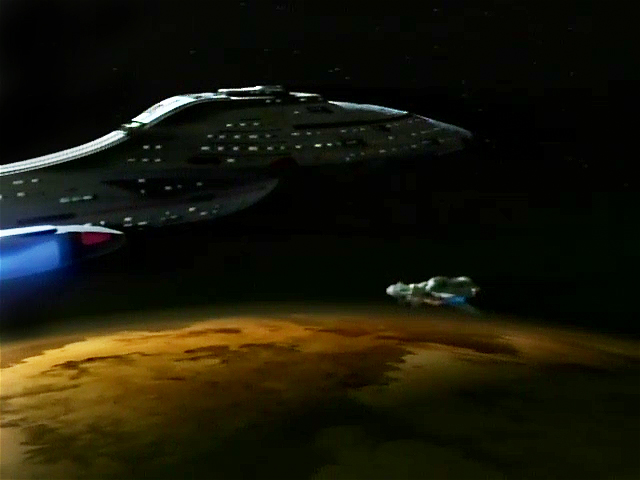
Recent Comments